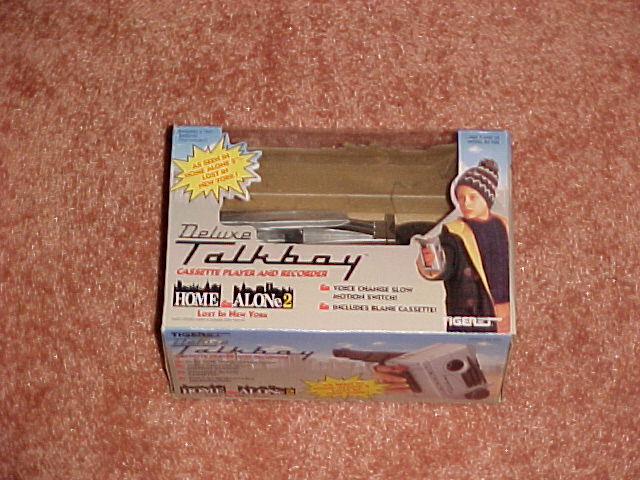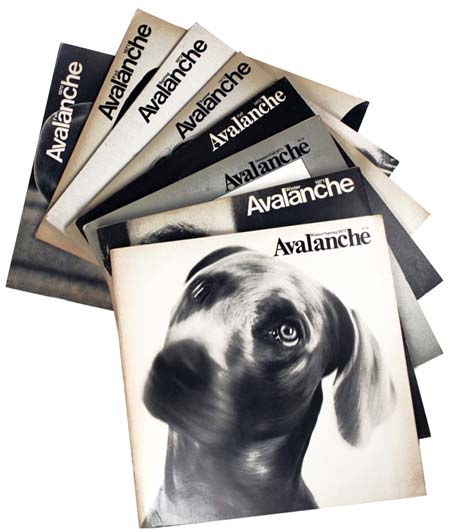
Two very different George and Mike Kuchar selections were screened Friday night courtesy of the Film Co-op and a 16mm projector borrowed from Light Industry at the new space Churner and Churner on 10th Avenue. Curator and Archivist Leah Churner has become an expert on the Bronx-born twins-cum-avant-garde filmmakers. She has had a hand both in physically preserving the Kuchar's works, and regenerating interest of the brothers' work through exhibition. (Read her article 'The New Flesh' on the brothers here.)
The space: clean, nice floors, good size, and most importantly; excellent location. From the website:
"Churner and Churner combines solo shows by emerging artists and art-historical public programs, connecting contemporary artists with historical influences. Between exhibitions, the gallery becomes a venue for week-long events, including film and video screenings, long-duration performances, and installations."
The gallerists: two brilliant sisters, Rachel and Leah Churner. While Altscreen already beat me to a very nice write-up about the sisters' new space and tonight's screening, I wanted to add that I am really excited that this space opened in Chelsea, because it is just the type of DIY lifeblood that is needed among such corporate-gallery-institutions. And I say this mostly because of Leah and Rachel's respective backgrounds and interests. The gallery website states,
"Rachel Churner has worked in academic, nonprofit and commercial art spaces, including Peter Freeman, Inc., New York; New Langton Arts, San Francisco; and the Museum Folkwang, Essen, Germany. Now completing a PhD in Art History at Columbia University, Churner has published catalogue essays on Little + Furgason, Robert Mangold, and Nina Katchadorian; written for Artforum and Artweek; and served as the managing editor of October magazine. Advising on special projects is Leah Churner, a film and video curator whose programs have appeared at the Museum of the Moving Image, Anthology Film Archives, Light Industry and X-initative, and who was formerly the archivist at Electronic Arts Intermix. Their combined experience in various art worlds lends a theoretical underpinning and broad cultural attunement to the gallery’s program."
I am so very excited to see what kind of programs and exhibitions are produced through Churner and Churner's new space, and welcome the gallery into my repertory of frequented institutions!Churner and Churner Gallery
205 10th Ave (between 22nd and 23rd Street)
New York NY 10011
212-675-2750 info@churnerandchurner.com
hours: Tuesday - Saturday, 10 - 6 pm



















